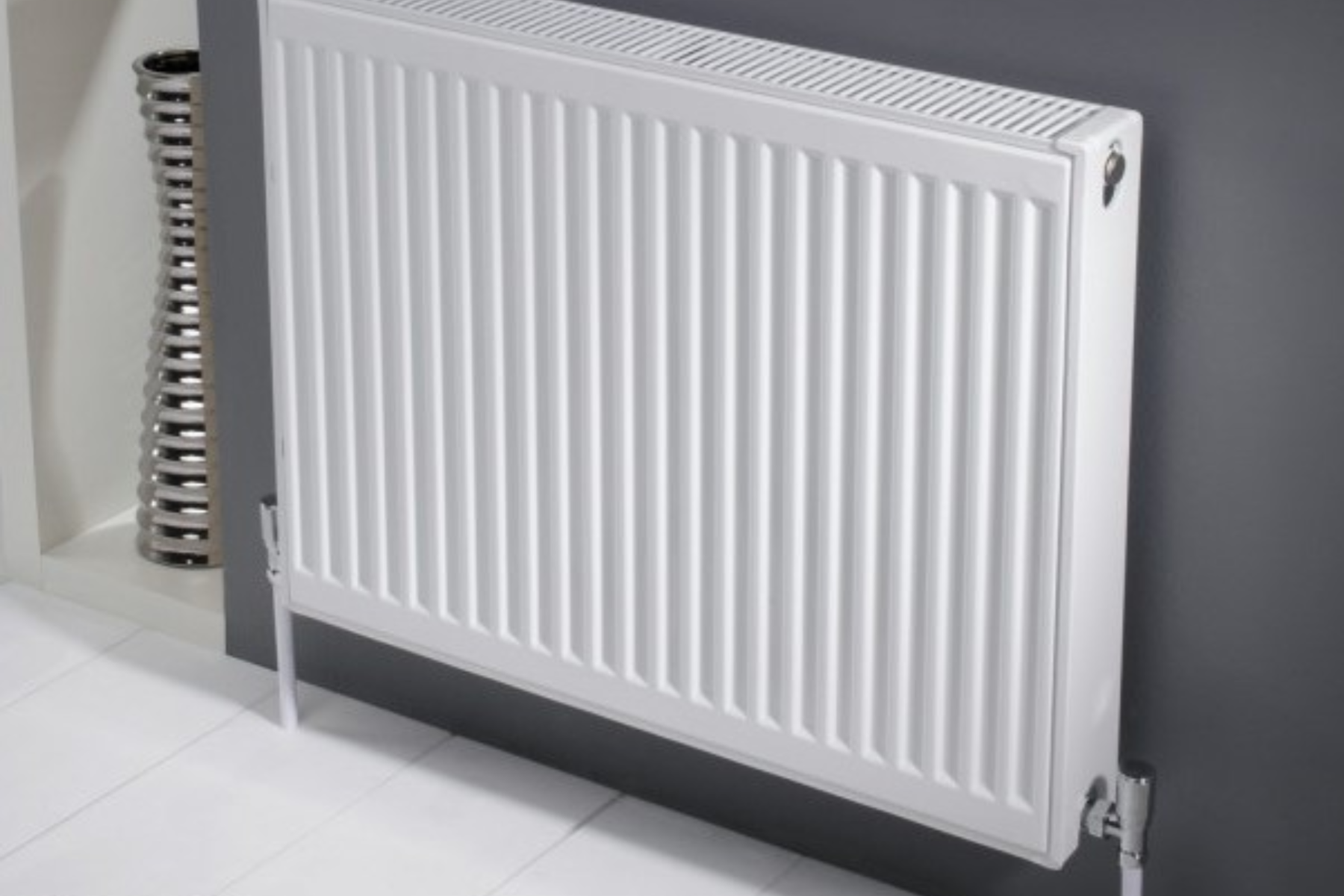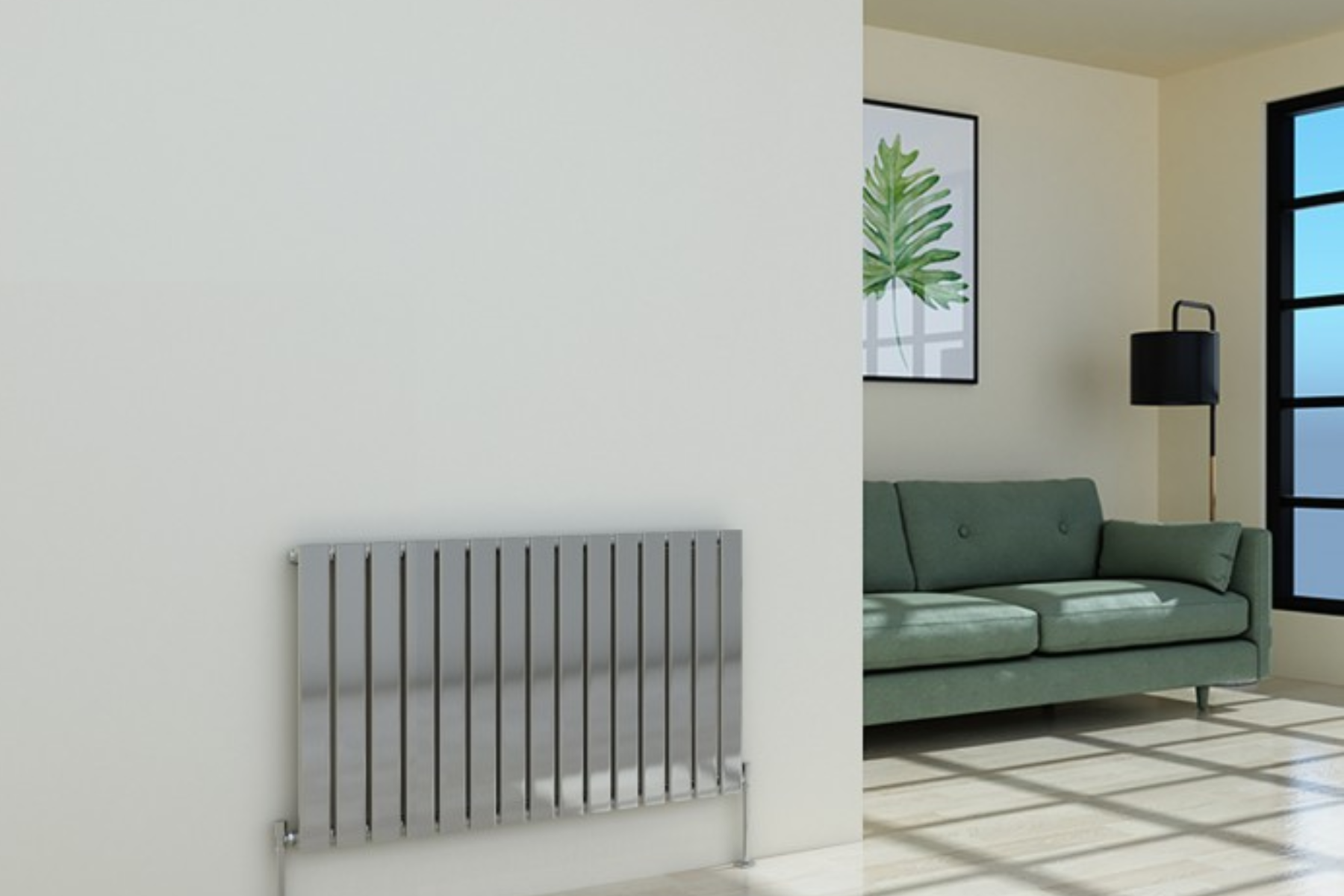Radiators are an important feature to your home. They provide warmth and comfort, and even style. Our range of designer radiators allow you to showcase trendy victorian style column radiators, or modern and sleek flat panel heaters to create an eye catching focal point.
However, regular maintenance and cleaning is required to keep your radiators looking pristine, and operating at maximum efficiency.
Cleaning your radiators offers a number of benefits other than improving the aesthetic appeal. You are able to improve your radiator's heat output and enhance its energy efficiency through regular maintenance.
Keep reading to discover our top tips and tricks to keeping your radiators in tip-top condition.
Tools Needed To Clean Your Radiator
Depending on the type of radiator you have, you will need to equip yourself with tools and products to tackle different stains and marks.
The most common types of stains and marks you will probably be removing are water marks, limescale, soap scum, and mould. Luckily the items required to remove these marks can be found in your household.
You will need:
- Microfiber cloths
- Non-abrasive sponge
- Duster
- Toothbrush
- Hoover
- Radiator brush
- Tinfoil
- Soapy water
How To Clean Radiators
Before you begin to tackle the surface of your radiator, there is a very important safety precaution you need to take.
Make sure your radiator is switched off! Do this ahead of your cleaning steps and wait for your radiator to completely cool down. Not only will your radiator be easier to clean, you will be preventing any nasty burns.
Once your radiator has cooled down, use a microfiber cloth to remove any dust or debris from the surface of your radiator. One of our favourite hacks is to lightly dampen your cloth before dusting, this will ensure you are picking up the dust instead of spreading it to other surfaces in your room. Check out our Cleaning Hacks blog post for more handy tips to make cleaning your bathroom easier!
For stubborn stains such as limescale and soap scum, use a mixture of warm soapy water to wipe away any marks. Make sure you are using a soft cloth or non-abrasive sponge to clean, as you don’t want to damage the surface of your radiator! When you are satisfied that all of those annoying marks are gone, wipe the radiator surface with a dry microfiber cloth.
How To Clean Behind Radiators
Similar to the back of a sofa, we tend to avoid cleaning behind radiators. When we finally do show these out of sight areas attention, it is often a shocking sight. Dust and dirt builds up easily and when these places are neglected it can seem like a mammoth task.
The easiest solution is to get your hoover to work. Once your radiator is switched off and cooled down, use a hoover to remove the bulk of dirt behind your radiator. Then go in with a long handled duster to remove any lingering debris. For hard to reach nooks and crannies, use a soft toothbrush to pick up any remaining dirt.
Keeping the back of your radiator clean will allow your heating system to function efficiently, reducing the amount of energy required to warm your radiator.
How To Clean Between Radiator Fins
If your home features convector radiators, then you will need to give the fins some attention when conducting your radiator clean. These areas are breeding grounds for dust and dirt build up.
When neglected, the buildup of dirt can prevent your radiator from heating up to its best potential. It is extremely important to keep these out of sight areas clean to make sure you are getting the most out of your radiators.
Using a radiator brush, gently clean between the fins, removing the layers of built up dust. If you have a top grill on your radiator you will need to remove this first by unclipping the side panels.
Finish off by using a hoover or hair dryer to blast away any remaining dirt.

How To Clean Chrome Radiators
Chrome radiators are a stunning statement in any home, however they can be a bit of a pain to keep clean!
Due to the reflective surface fingerprints are easily spotted on chrome radiators, and you might even find a build up of rust if your radiator is situated in damp conditions, such as bathrooms.
Watermarks are easy enough to remove using the reliable mixture of soap and warm water. Submerge a soft sponge or microfiber cloth into your mixture and ring it out so it is damp. Wipe the surface of your radiator to remove the fingermarks and any other stains. Once clean, wipe your radiator with a clean cloth.
Rust might seem like a pain to remove but you will be surprised to know it is incredibly easy to get rid of! All you need is some water, and some tin foil - Yes you read that right!
Tear strips from your tin foil and dip them in water. Form a ball shape with your foil and rub this on any areas you can see rust. The aluminium foil creates an impressive reaction against the chrome on your radiator, immediately removing any signs of rust.

FAQS:
Do Radiators Need To Be Cleaned?
Yes! Regular cleaning and maintenance are essential to keep your radiator functioning efficiently, and prevent costly repairs.
What Products Should I Avoid Using When Cleaning Radiators?
Stay away from harsh cleaning chemicals, such as bleach, as they can damage your radiator and void its warranty. Stick to gentle cleaning solutions such as soapy water, and avoid using abrasive materials.
How Do I Clean Mould Behind The Radiator?
Use a cleaning solution made up of equal parts of white vinegar and water and cover the mould-affected areas with a sponge or cloth. Leave the solution to do its job for a few minutes then wipe clean with a clean cloth.Make sure you are wearing gloves and a mask when dealing with mould.
Now that you have learned the essential tips for cleaning your radiator, it’s time to put them into action. Explore our range of high-quality radiators, for stylish and efficient heating options.

























